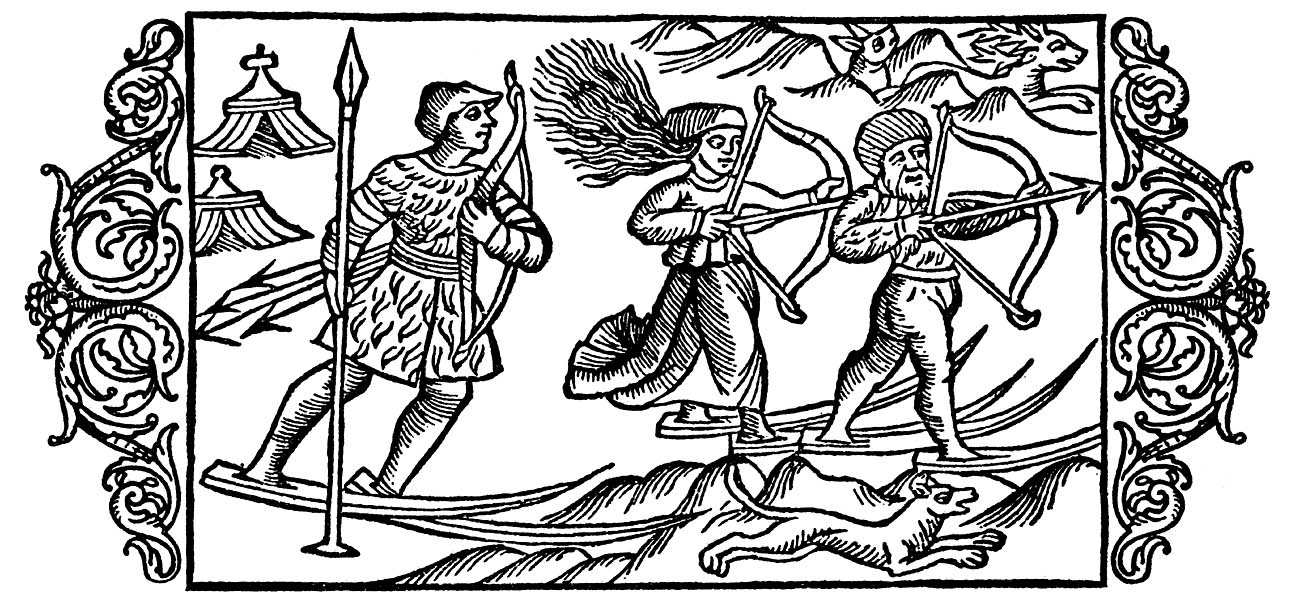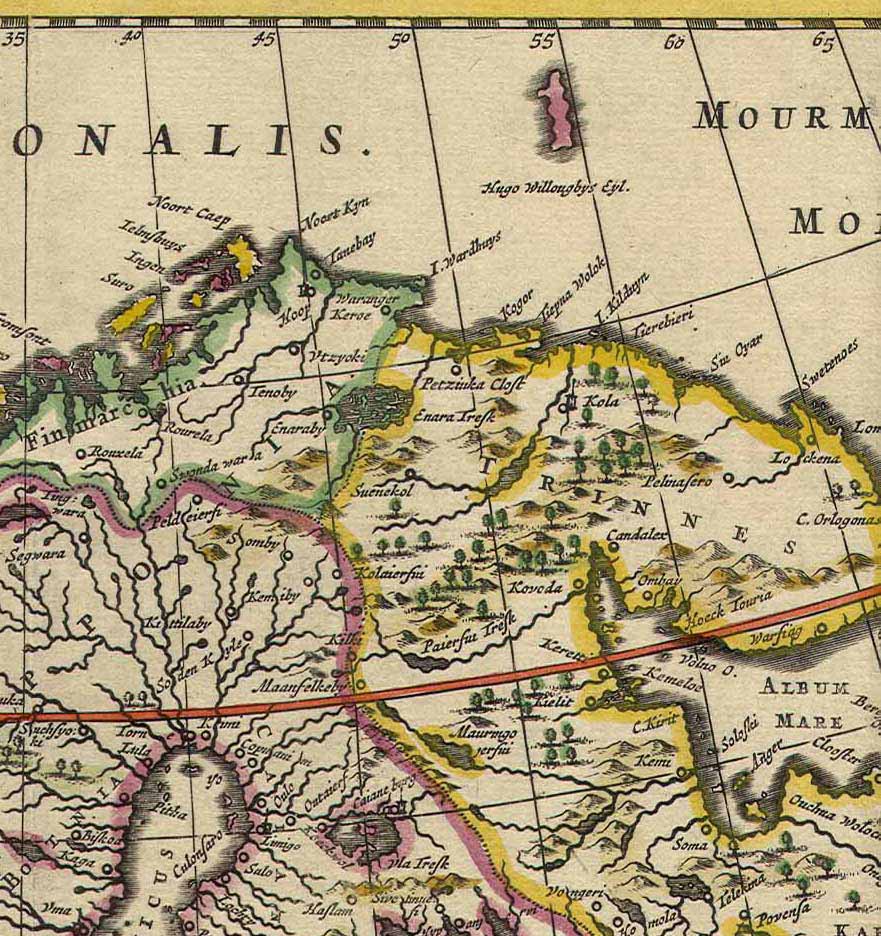|
Finnveden
Finnveden or Finnheden is one of the ancient ''small lands'' of Småland. It corresponded to the hundreds of Sunnerbo, Östbo and Västbo. Finnveden had its own judicial system and laws, as did the other ''small lands''. Finnveden is situated around lake Bolmen and the river Lagan. Most runestones in Finnveden describe men who died in England. Finnveden is today divided and is a part of the counties of Halland, Kronoberg and Jönköping. It was first mentioned by Jordanes when he referred to its population as the ''Finnaithae'' (derived from an old form of ''Finnheden'', ''Finn(h)aith-'') when describing the nations of Scandza in ''Getica''. Etymology The Scandinavian placenames Finnveden, Finnmark and the province of Finland (which gave name to Finland) are all thought to be derived from '' finn'', an ancient Germanic word for nomadic hunter-gatherer A hunter-gatherer or forager is a human living in a community, or according to an ancestrally derived Lifestyle, lif ... [...More Info...] [...Related Items...] OR: [Wikipedia] [Google] [Baidu] |
Finn (ethnonym)
The name ''Finn'' is an ethnonym that in ancient times usually referred to the Sámi peoples, but now refers almost exclusively to the Finns. The probable cognates like ''Fenni'', ''Phinnoi'', ''Finnum'', and ''Skrithfinni'' / ''Scridefinnum'' first appear in a few written texts starting from about two millennia ago in association with peoples of northern Europe, possibly the Sámi. The Icelandic Eddas and Norse sagas (11th to 14th centuries), some of the oldest written sources probably originating from the closest proximity, use words like and inconsistently. However, most of the time they seem to mean northern dwellers with a mobile life style. The etymology is somewhat uncertain, but the consensus seems to be that it is related to Old Norse , from proto-Germanic ('to find'), the logic being that the Sámi, as hunter-gatherers "found" their food, rather than grew it. This etymology has superseded older speculations that the word might be related to ''fen''. Finn is an ''exo ... [...More Info...] [...Related Items...] OR: [Wikipedia] [Google] [Baidu] |
Småland
Småland () is a historical Provinces of Sweden, province () in southern Sweden. Småland borders Blekinge, Scania, Halland, Västergötland, Östergötland and the island Öland in the Baltic Sea. The name ''Småland'' literally means "small lands", referring to many small historic provinces from which it was composed. The Latinized form has been used in other languages. The highest point in Småland is Tomtabacken, at 377 metres (1,237 ft). In terms of total area, Småland is similar in size to Belgium and Israel. Administration Whilst the traditional provinces of Sweden no longer serve any governmental purpose ''per se'', they do retain historical and cultural importance. The province of Småland today is divided almost entirely into the three administrative Counties of Sweden, counties of Jönköping County, Jönköping, Kalmar County, Kalmar, and Kronoberg County, Kronoberg. Some few small portions of historic Småland are situated in Halland County, Halland and Öst ... [...More Info...] [...Related Items...] OR: [Wikipedia] [Google] [Baidu] |
Fenni
The Fenni were an ancient people of northeastern Europe, first described by Cornelius Tacitus in ''Germania'' in AD 98. Ancient accounts The Fenni are first mentioned by Cornelius Tacitus in ''Germania'' in 98 A.D. Their location is uncertain, due to the vagueness of Tacitus' account: ''"The Venedi overrun in their predatory excursions all the woody and mountainous tracts between the Peucini and the Fenni"''.Tacitus G.46 The Greco-Roman geographer Ptolemy, who produced his '' Geographia'' in ca. 150 AD, mentions a people called the ''Phinnoi'' (Φιννοι), generally believed to be synonymous with the Fenni. He locates them in two different areas: a northern group in northern ''Scandia'' (Scandinavia), then believed to be an island; and a southern group, apparently dwelling to the East of the upper Vistula river (SE Poland). It remains unclear what was the relationship between the two groups. The next ancient mention of the Fenni/Finni is in the ''Getica'' of 6th-centur ... [...More Info...] [...Related Items...] OR: [Wikipedia] [Google] [Baidu] |
Bolmen
Bolmen () is a lake in Småland, Sweden. Covering 184 km2, and with a maximum depth of 37 m, it supplies a considerable part of Skåne with fresh water by means of an 82-km long tunnel, the Bolmen Water Tunnel, built during the 1970s and 80s. Bolmen is situated at the heart of Finnveden, one of the ''small lands'' of today's Småland Småland () is a historical Provinces of Sweden, province () in southern Sweden. Småland borders Blekinge, Scania, Halland, Västergötland, Östergötland and the island Öland in the Baltic Sea. The name ''Småland'' literally means "small la .... It is the tenth largest lake in Sweden. It contains 365 islands, of which the largest is Bolmsö, which was historically the meeting-place of the local assembly. References Småland Lakes of Kronoberg County {{Kronoberg-geo-stub ... [...More Info...] [...Related Items...] OR: [Wikipedia] [Google] [Baidu] |
Scandza
Scandza was described as a "great island" by Gothic-Byzantine historian Jordanes in his work ''Getica''. The island was located in the Arctic regions of the sea that surrounded the world. The location is usually identified with Scandinavia. Jordanes was a Roman citizen living in Constantinople but described himself as being of Gothic descent. His ''Getica'', written in 551 AD, gives a history of the Goths, beginning in Scandza from where they later migrated to Gothiscandza, near the mouth of the Vistula River. The Swedish archaeologist Göran Burenhult describes this account as a unique glimpse into the tribes of Scandinavia in the 6th century. Geographical description through history Early Greek and Roman geographers used the name ''Scandia'' for various uncharted islands in Northern Europe. The name originated in Greek sources and then into Latin , which used it for a long time for different islands in the Mediterranean region. In the Iliad the name denotes an ancient city ... [...More Info...] [...Related Items...] OR: [Wikipedia] [Google] [Baidu] |
Placename
Toponymy, toponymics, or toponomastics is the study of '' toponyms'' (proper names of places, also known as place names and geographic names), including their origins, meanings, usage, and types. ''Toponym'' is the general term for a proper name of any geographical feature, and full scope of the term also includes proper names of all cosmographical features. In a more specific sense, the term ''toponymy'' refers to an inventory of toponyms, while the discipline researching such names is referred to as ''toponymics'' or ''toponomastics''. Toponymy is a branch of onomastics, the study of proper names of all kinds. A person who studies toponymy is called ''toponymist''. Etymology The term ''toponymy'' comes from / , 'place', and / , 'name'. The ''Oxford English Dictionary'' records ''toponymy'' (meaning "place name") first appearing in English in 1876 in the context of geographical studies. Since then, ''toponym'' has come to replace the term ''place-name'' in professional dis ... [...More Info...] [...Related Items...] OR: [Wikipedia] [Google] [Baidu] |
Hunter-gatherer
A hunter-gatherer or forager is a human living in a community, or according to an ancestrally derived Lifestyle, lifestyle, in which most or all food is obtained by foraging, that is, by gathering food from local naturally occurring sources, especially wild edible plants but also insects, Fungus, fungi, Honey hunting, honey, Eggs as food, bird eggs, or anything safe to eat, or by hunting game (pursuing or trapping and killing Wildlife, wild animals, including Fishing, catching fish). This is a common practice among most vertebrates that are omnivores. Hunter-gatherer Society, societies stand in contrast to the more Sedentism, sedentary Agrarian society, agricultural societies, which rely mainly on cultivating crops and raising domesticated animals for food production, although the boundaries between the two ways of living are not completely distinct. Hunting and gathering was humanity's original and most enduring successful Competition (biology), competitive adaptation in the nat ... [...More Info...] [...Related Items...] OR: [Wikipedia] [Google] [Baidu] |
Nomadic
Nomads are communities without fixed habitation who regularly move to and from areas. Such groups include hunter-gatherers, pastoral nomads (owning livestock), tinkers and trader nomads. In the twentieth century, the population of nomadic pastoral tribes slowly decreased, reaching an estimated 30–40 million nomads in the world . Nomadic hunting and gathering—following seasonally available wild plants and game—is by far the oldest human subsistence method known. Pastoralists raise herds of domesticated livestock, driving or accompanying them in patterns that normally avoid depleting pastures beyond their ability to recover. Nomadism is also a lifestyle adapted to infertile regions such as steppe, tundra, or ice and sand, where mobility is the most efficient strategy for exploiting scarce resources. For example, many groups living in the tundra are reindeer herders and are semi-nomadic, following forage for their animals. Sometimes also described as "nomadic" are var ... [...More Info...] [...Related Items...] OR: [Wikipedia] [Google] [Baidu] |
Finland
Finland, officially the Republic of Finland, is a Nordic country in Northern Europe. It borders Sweden to the northwest, Norway to the north, and Russia to the east, with the Gulf of Bothnia to the west and the Gulf of Finland to the south, opposite Estonia. Finland has a population of 5.6 million. Its capital and largest city is Helsinki. The majority of the population are Finns, ethnic Finns. The official languages are Finnish language, Finnish and Swedish language, Swedish; 84.1 percent of the population speak the first as their mother tongue and 5.1 percent the latter. Finland's climate varies from humid continental climate, humid continental in the south to boreal climate, boreal in the north. The land cover is predominantly boreal forest biome, with List of lakes of Finland, more than 180,000 recorded lakes. Finland was first settled around 9000 BC after the Last Glacial Period, last Ice Age. During the Stone Age, various cultures emerged, distinguished by differen ... [...More Info...] [...Related Items...] OR: [Wikipedia] [Google] [Baidu] |
Finnmark
Finnmark (; ; ; ; ) is a counties of Norway, county in northern Norway. By land, it borders Troms county to the west, Finland's Lapland (Finland), Lapland region to the south, and Russia's Murmansk Oblast to the east, and by water, the Norwegian Sea (Atlantic Ocean) to the northwest, and the Barents Sea (Arctic Ocean) to the north and northeast. The county was formerly known as ''Finmarkens amt'' or ''Vardøhus amt''. Since 2002, it has had two official names: Finnmark (Norwegian language, Norwegian) and Finnmárku (Northern Sami language, Northern Sami). It is part of the Sápmi region, which spans four countries, as well as the Barents Region, and is Norway's second-largest and least populous county. Situated at the northernmost part of continental Europe, where the Norwegian coastline swings eastward, Finnmark is an area "where East meets West" in culture as well as in nature and geography. Vardø Municipality, Norway's easternmost municipality, is farther east than Saint ... [...More Info...] [...Related Items...] OR: [Wikipedia] [Google] [Baidu] |
Map Of Landscape Smaland Sweden
A map is a symbolic depiction of interrelationships, commonly spatial, between things within a space. A map may be annotated with text and graphics. Like any graphic, a map may be fixed to paper or other durable media, or may be displayed on a transitory medium such as a computer screen. Some maps change interactively. Although maps are commonly used to depict geographic elements, they may represent any space, real or fictional. The subject being mapped may be two-dimensional such as Earth's surface, three-dimensional such as Earth's interior, or from an abstract space of any dimension. Maps of geographic territory have a very long tradition and have existed from ancient times. The word "map" comes from the , wherein ''mappa'' meant 'napkin' or 'cloth' and ''mundi'' 'of the world'. Thus, "map" became a shortened term referring to a flat representation of Earth's surface. History Maps have been one of the most important human inventions for millennia, allowing humans t ... [...More Info...] [...Related Items...] OR: [Wikipedia] [Google] [Baidu] |





